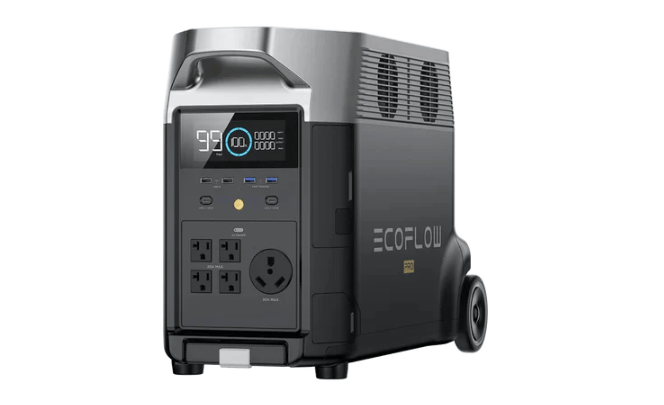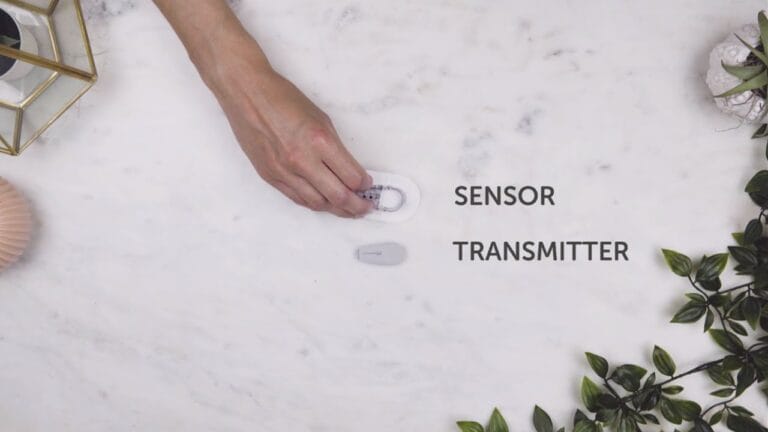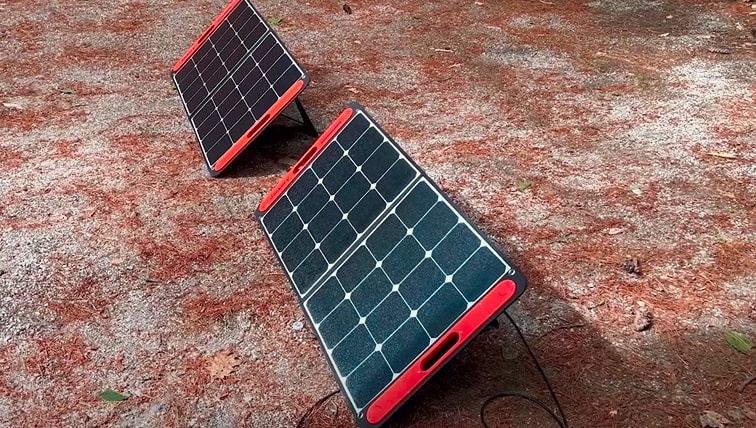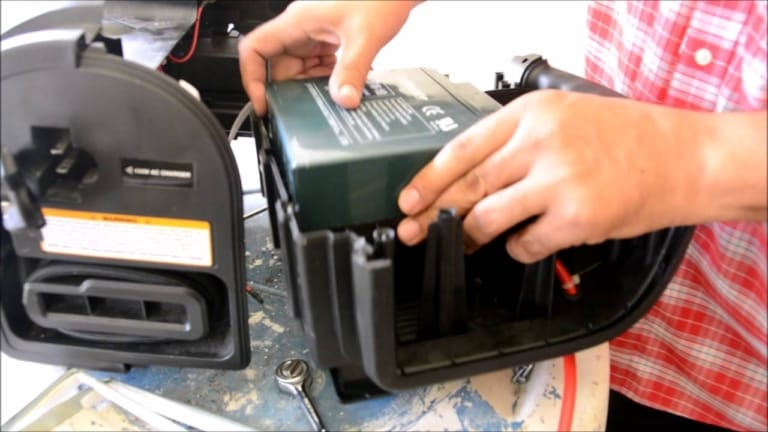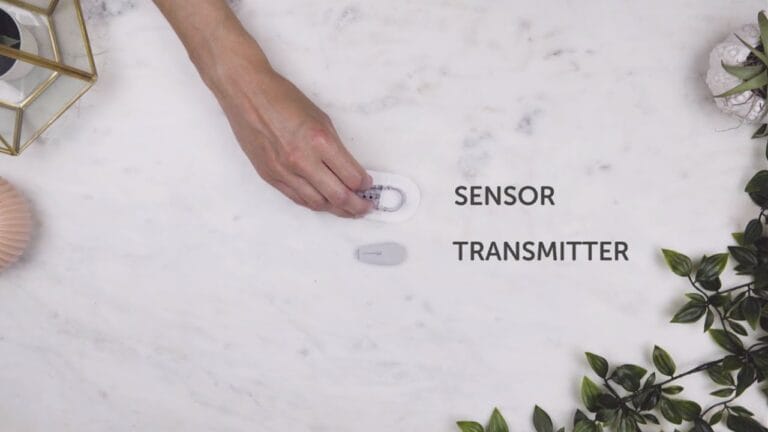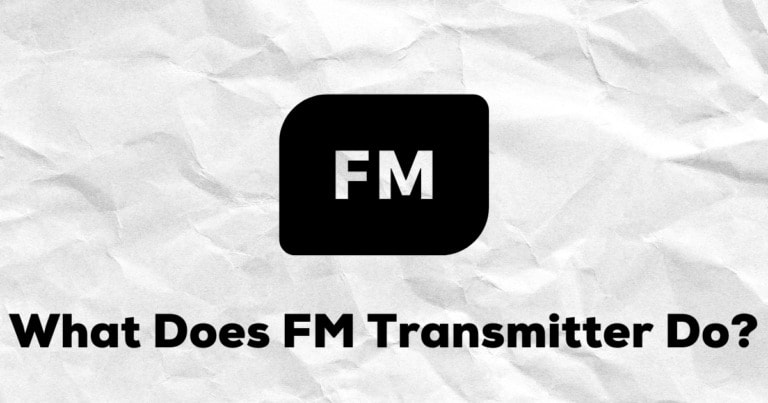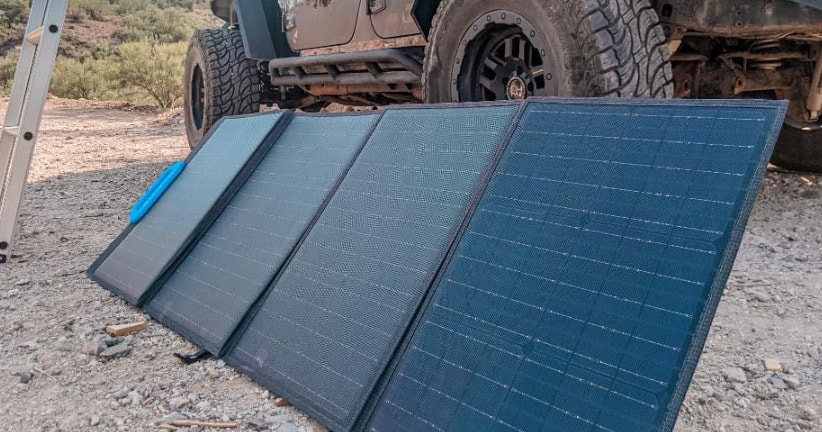
Do you have a solar generator and are experiencing some issues? Don’t worry! In this guide, we’ll explore how to troubleshoot common problems that may arise with your solar generator. Whether it’s a power outage, a faulty connection, or a battery that won’t charge, we’ve got you covered. So, let’s dive in and learn how to get your solar generator up and running in no time!
Solar generators are an excellent source of renewable energy, but they sometimes encounter hiccups. When your solar generator isn’t working as expected, it can be frustrating. That’s why we’re here to help you troubleshoot those pesky issues.
From checking the solar panels to examining the battery connections, we’ll walk you through the steps to identify and resolve the problem. Get ready to become your solar generator’s very own superhero!
Having a solar generator comes with numerous benefits, but it’s essential to know how to deal with any issues that may arise. By learning the troubleshooting techniques, you’ll gain the skills to tackle common problems independently.
So, let’s embark on this troubleshooting journey together and empower ourselves to harness the power of the sun! Get ready to become a solar generator problem-solving pro!
How Do I Troubleshoot Common Issues With a Solar Generator?
Do you have a solar generator? Here’s your troubleshooting guide to common issues!
- Check the connections: Make sure all cables are securely connected to the generator and solar panels.
- Assess battery level: Low power? Recharge or swap out batteries.
- Inspect solar panels: Clean any dirt or debris that may be blocking sunlight.
- Review inverter settings: Ensure correct settings for power output.
- Look for fault codes: Refer to the manual to interpret any error codes displayed.
Remember, if troubleshooting doesn’t resolve the issue, consult a professional for further assistance!
Insufficient Sunlight Exposure
One of the most common issues with solar generators is that they may not be getting enough sunlight exposure. Without sufficient sunlight, the solar panels cannot capture enough energy to power the generator. This can be especially problematic in areas with limited sunlight or during cloudy days.
To troubleshoot this issue, first, check the positioning of your solar panels. They should be placed in an area that receives maximum sunlight throughout the day. Ensure that there are no obstructions like trees or buildings casting shadows on the panels.
Additionally, clean the solar panels regularly to remove any dirt or debris that may be blocking the sunlight.
If you live in an area with limited sunlight, you might consider investing in additional solar panels or a backup power source. This will ensure that your solar generator has enough energy even during periods of low sunlight.
Battery Not Holding a Charge
Another common issue with solar generators is that the battery may not be holding a charge. Over time, the battery’s capacity can diminish, resulting in shorter run times and decreased performance. This can be frustrating, as it may limit the usage of your solar generator when you need it most.
To troubleshoot this issue, start by checking the connections between the battery and the solar generator. Ensure that they are secure and free from corrosion. If the connections are loose or corroded, clean them using a wire brush or contact cleaner.
If the battery is an older model, you might consider replacing it with a new one to restore its performance.
In addition to maintaining the battery, it’s important to use your solar generator regularly. Regular use can help prevent the battery from fully discharging and increase its lifespan. If you anticipate not using the generator for an extended period, such as during the winter months, make sure to store the battery properly to prevent damage.
Inverter Failure
The inverter is a crucial component of a solar generator as it converts the direct current (DC) electricity generated by the solar panels into alternating current (AC) electricity that can be used to power devices. If the inverter fails, your solar generator will not be able to provide usable power.
If you suspect an inverter failure, start by checking the connections and ensuring that they are secure. Sometimes, loose connections can cause issues with the inverter’s performance. If the connections are fine, try resetting the inverter according to the manufacturer’s instructions.
If the problem persists, contact the manufacturer or a professional technician for further assistance.
It’s important to note that while some minor issues with the inverter can be resolved through troubleshooting, inverter replacements may require professional assistance. Attempting to repair or replace the inverter without the proper knowledge can lead to further damage or even void the warranty.
Overheating
In some cases, solar generators can overheat, especially during periods of excessive use or high outdoor temperatures. Overheating can not only reduce the generator’s performance but also potentially damage its components if not addressed promptly.
To prevent overheating, ensure that your solar generator is placed in a well-ventilated area. Avoid enclosing it in tight spaces or covering it with objects that can block airflow.
If you notice signs of overheating, such as the generator shutting off unexpectedly or unusual noises, turn it off and let it cool down before using it again.
Regular maintenance is also essential to prevent overheating. Check the cooling vents and clean them if necessary. It’s recommended to follow the manufacturer’s guidelines regarding maintenance to ensure optimal performance and prevent overheating issues.
Wiring and Connection Problems
Issues with wiring and connections can also arise in solar generators, leading to power disruptions or a complete system failure. These issues can occur due to improper installation, wear and tear, or even rodent damage.
If you suspect a wiring or connection problem, perform a visual inspection of all the connections and wiring. Look for any loose or corroded parts and tighten or clean them as needed. Ensure that the wiring is properly insulated and protected from environmental elements.
If you are unsure about your ability to troubleshoot or repair the wiring or connection issues, it is best to seek professional help. They will have the expertise and knowledge to diagnose and fix the problem efficiently and safely.
Additional Tips for Troubleshooting Solar Generator Issues
In addition to the specific troubleshooting tips mentioned above, here are some general tips that can help you diagnose and fix common issues with a solar generator:
Check the Charge Controller
The charge controller is responsible for regulating the charging of the battery. If there are issues with the charge controller, it can affect the performance of the entire solar generator.
Check the charge controller for any error codes or malfunctions. Consult the manufacturer’s manual or contact their customer support for guidance on how to resolve any issues.
Monitor the Battery Voltage
Monitoring the battery voltage can give you valuable insights into its health and performance. Use a multimeter or a battery monitoring system to regularly check the voltage. If you notice a significant drop in voltage or fluctuations, it could indicate a problem with the battery or other components of the solar generator.
Keep Firmware and Software Updated
Some solar generators come with firmware or software that can be updated to improve performance and address known issues. Regularly check for updates on the manufacturer’s website and follow their instructions to update the firmware or software accordingly.
Consult the Manufacturer or a Professional
If you have tried troubleshooting the issues but are still unable to resolve them, don’t hesitate to reach out to the manufacturer’s customer support or consult a professional technician.
They have the expertise and knowledge to diagnose and fix complex problems that may require specialized tools or equipment.
Overall, regular maintenance, proper positioning, and monitoring are key to preventing and troubleshooting common issues with a solar generator.
By following the tips provided in this article and staying proactive, you can ensure that your solar generator functions optimally and provides you with clean, renewable energy whenever you need it.
Frequently Asked Questions
Solar generators are a popular choice for portable and eco-friendly power. However, like any other device, they can encounter common issues. Here are some frequently asked questions about troubleshooting common issues with a solar generator and their answers.
1. Why is my solar generator not charging?
There can be several reasons why your solar generator is not charging. First, check if the solar panels are positioned correctly and receiving adequate sunlight. Ensure there are no obstructions, such as shade or dirt, blocking the panels.
Additionally, examine the connections between the solar panels and the generator to ensure they are secure and properly attached. If everything seems to be in order, it is also advisable to check the battery capacity of the generator. If the battery is already full or worn out, the generator may not charge.
If you have inspected all these aspects and your solar generator is still not charging, it is recommended to refer to the user manual for troubleshooting instructions specific to your model.
If the issue persists, it may be necessary to contact the manufacturer or seek help from a professional technician familiar with solar generators.
2. Why is my solar generator not providing enough power?
If your solar generator is not providing enough power, there may be a few causes to consider. Firstly, verify if the devices you are trying to power exceed the generator’s capacity. Solar generators have specific wattage limits, so ensure you are not overloading them.
Also, check the battery status of the generator. If the battery is not fully charged or is worn out, it may not be able to provide sufficient power. Similarly, if the solar panels are not receiving enough sunlight due to obstructions or poor positioning, the generator’s power output may be affected.
If none of these factors seem to be the cause, it is advisable to refer to the user manual for troubleshooting steps. You can also contact the manufacturer for assistance.
It is important to remember that solar generators have limitations, and they may not be able to power certain high-wattage devices or multiple devices simultaneously.
3. How do I fix a solar generator with a faulty inverter?
If you suspect that your solar generator’s inverter is faulty, there are a few steps you can take to troubleshoot the issue. First, check if any error messages are displaying on the inverter. These messages can provide valuable information about the problem.
Next, try resetting the inverter by turning it off, disconnecting it from the power source, and waiting for a few minutes before turning it back on.
If the issue persists, check the connections between the inverter, battery, and solar panels to ensure they are secure. Also, inspect the wiring for any signs of damage or loose connections. If you are comfortable doing so, you can also try replacing the inverter with a new one, following the manufacturer’s instructions.
If you are unsure or the generator is still under warranty, it is best to contact the manufacturer or seek assistance from a professional technician.
4. Why is my solar generator making strange noises?
If your solar generator is making unusual noises, it could indicate a potential issue. Common causes can include loose parts, debris in the system, or problems with the fan. Start by checking if any screws or fasteners are loose and tighten them if necessary.
Inspect the generator for any signs of debris or foreign objects and remove them carefully. If the noise persists, it might be related to the fan. If you can access it, check for any obstructions or damage, and clean or replace the fan if needed.
However, if the noise continues despite these efforts, it is advisable to contact the manufacturer or a professional technician. Attempting to repair the generator without proper knowledge and experience can cause further damage or void the warranty.
5. How can I prolong the lifespan of my solar generator?
To extend the lifespan of your solar generator, there are a few measures you can take. Firstly, it is essential to use the generator in accordance with the manufacturer’s instructions.
Avoid overloading the generator with devices that exceed its capacity, as this can strain the battery and other components. Regularly clean and maintain the solar panels to ensure they receive maximum sunlight and perform optimally.
It is also vital to store the solar generator in a cool and dry place when not in use. Extreme temperatures and humidity can negatively affect the battery and other internal components.
Finally, avoid exposing the generator to water or any harsh environmental conditions that could damage it. Taking these precautions and performing routine maintenance can help prolong the lifespan of your solar generator.
If you’re having trouble with your solar generator, here’s what you need to know. First, check the connections to make sure everything is properly plugged in. Next, assess the sunlight conditions to see if they’re affecting the generator’s performance.
If the generator is not turning on, check the batteries to see if they need to be charged or replaced. Finally, if you’re experiencing any unusual noises or smells, it’s best to contact a professional for help.
In conclusion, troubleshooting common issues with a solar generator involves checking connections, assessing sunlight conditions, examining the batteries, and seeking professional assistance if needed. By following these steps, you can get your solar generator back up and running efficiently.

